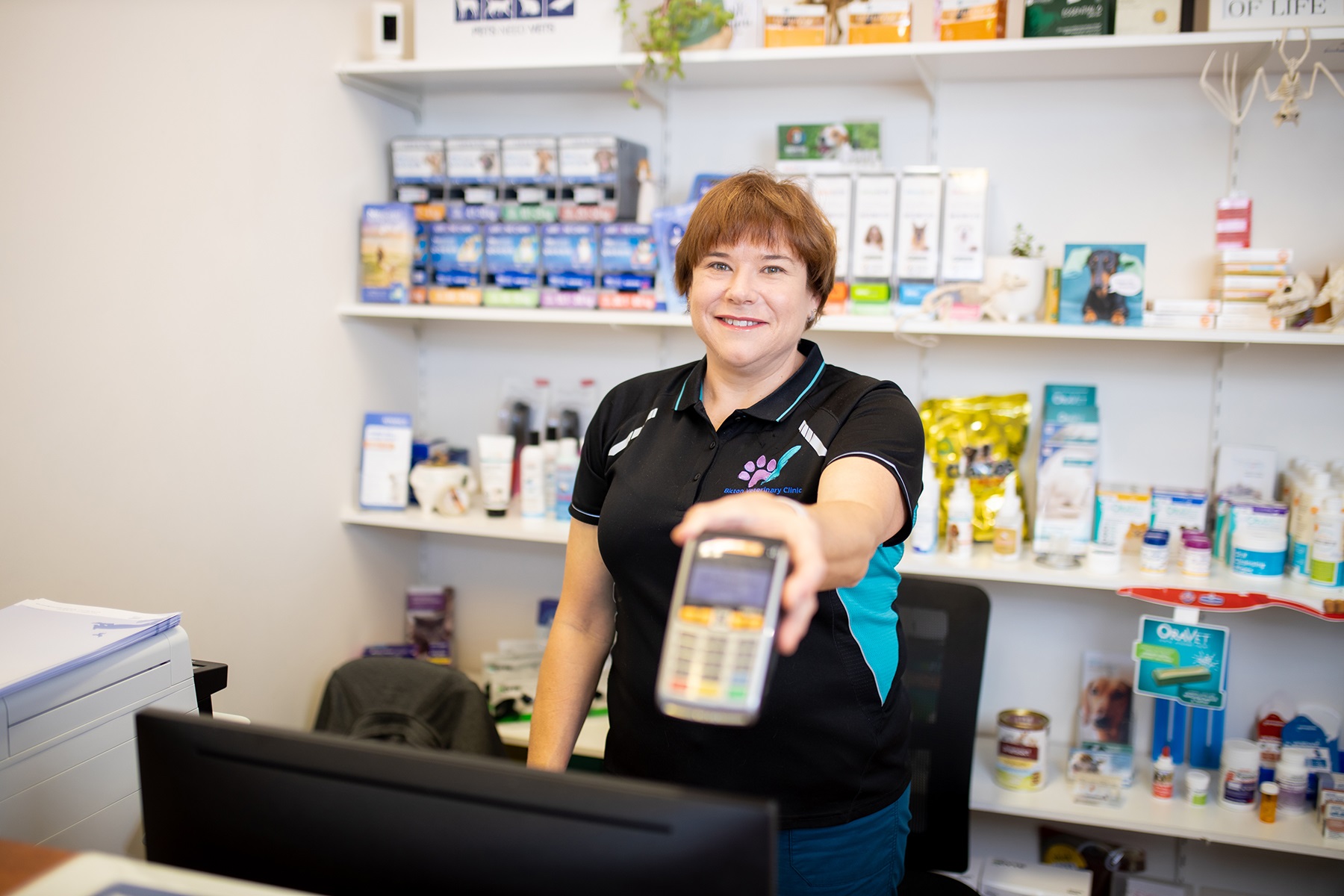Sadly, small businesses aren’t immune to the impacts of fraud. A common issue affecting many small businesses is fraudulent credit card chargebacks.
Find out more about the chargeback process, how it can impact on small businesses and tactics you can use to protect your business.
What is a chargeback?
When a customer disputes a transaction through their bank or credit card provider, this is known as a chargeback.
Chargebacks differ to a customer approaching a business and asking for a refund. In the chargeback scenario, business owners aren’t given the opportunity to negotiate – the funds are withdrawn from the business and provided to the customer. There may also be fees charged to the business as part of the chargeback process.
While chargebacks are typically used to dispute unauthorised transactions or payment errors, the SBDC’s business advisers have heard from a growing number of small business owners who have been left to deal with the fall out of fraudulent chargeback claims.
Some of the fraudulent claims include customers stating:
- they didn’t receive the product
- they didn’t authorise the transaction
- their card was stolen
- the product was not as described
The impact of fraudulent chargebacks on small businesses
Dealing with fraudulent chargebacks can impact on your revenue, time and reputation.
Chargebacks can impact your business in several ways, including:
- Loss of revenue and the goods/services you have provided.
- Financial penalties from your financial services provider for the chargeback claims.
- The time spent trying to dispute fraudulent chargeback claims.
- Negatively impacting your reputation with payment providers, which could lead to higher fees or, in extreme cases, the termination of payment services.
How to protect your business from fraudulent chargeback claims
Display clear terms and conditions
Ensure that your payment, return and refund policies are clearly stated on your website and/or invoices. Make it easy for customers to understand the process and conditions around refunds, returns, and disputes.
Keep detailed records
Maintain detailed records for all transactions, including receipts, invoices, delivery confirmations, and communication with the customer. These can serve as evidence if a chargeback occurs.
Tactics you can use to confirm proof of delivery and/or service include:
- Tracking shipments: Always use tracked and signed for delivery services, especially for high value goods. Proof of delivery is important to have in disputing chargebacks.
- Delivery confirmation emails: Send customers confirmation emails with tracking numbers and delivery updates. This can serve as proof that the customer received the goods or services.
- Collect signed receipts: If applicable, collect signed receipts or acknowledgements from customers for goods delivered or services rendered.
Adopt payment verification processes
This can be as simple as requesting additional verification from customers before processing a purchase (such as confirmation of the purchase/order via telephone or email) to adopting technology such as an Address Verification System (AVS), 3D Secure (3DS) or Card Verification Value (CVV).
- AVS is used to verify the customer's billing address against the information on file with their credit card provider. This reduces the likelihood of fraudulent transactions.
- 3DS can be implemented for online payments. This process requires customers to verify their identify with their card issuer during payment, which adds an extra layer of authentication during the payment process, helping to reduce fraud.
- CVV is a code located on the back of bank cards that acts as an added layer of security to verify transactions. Requiring customers to enter their CVV code at the time of purchase can help protect against stolen cards being used to make fraudulent purchases.
Speak to your payment service provider to discuss the use of technologies such as AVS, 3DS and CVV.
Respond to disputes quickly
If a chargeback is initiated, respond to it quickly and professionally. Provide all necessary evidence to contest the chargeback, such as delivery confirmations, customer correspondence, and proof of service/product delivery.
Implement fraud prevention tools
Most payment gateways offer fraud detection tools, such as real time risk assessments, which can help identify potentially fraudulent transactions before they are processed.
You may also want to consider setting transaction limits for certain types of products or services, or flag high risk transactions for manual review. This can help catch suspicious transactions early.
Monitor transaction patterns
Be on the lookout for patterns that could be signs of fraudulent activity. This could include:
- multiple high value transactions from a single account in a short period
- customers that frequently request returns
- large orders from new customers
- conflicting customer information, such as mismatched delivery addresses
Have a process for managing chargebacks
Develop a structured process for handling chargebacks, including who is responsible for managing disputes, how to collect evidence and the steps to take in the event of a chargeback.
Is it possible to reverse a chargeback?
Yes, but the process will take time and require evidence. Card issuers tend to side with cardholders and it is ultimately their decision as to whether a chargeback will be reversed.
The best course of action is to work with your payment processor to dispute the claim. Provide strong evidence and follow the chargeback procedure to try and win the dispute. It will be up to you to prove that the transaction was processed without error and the goods/services provided were satisfactory.
More information
- Sign up to our fortnightly small business news email to get the latest small business information delivered to your inbox.
- Find out more about managing risks in your business.




